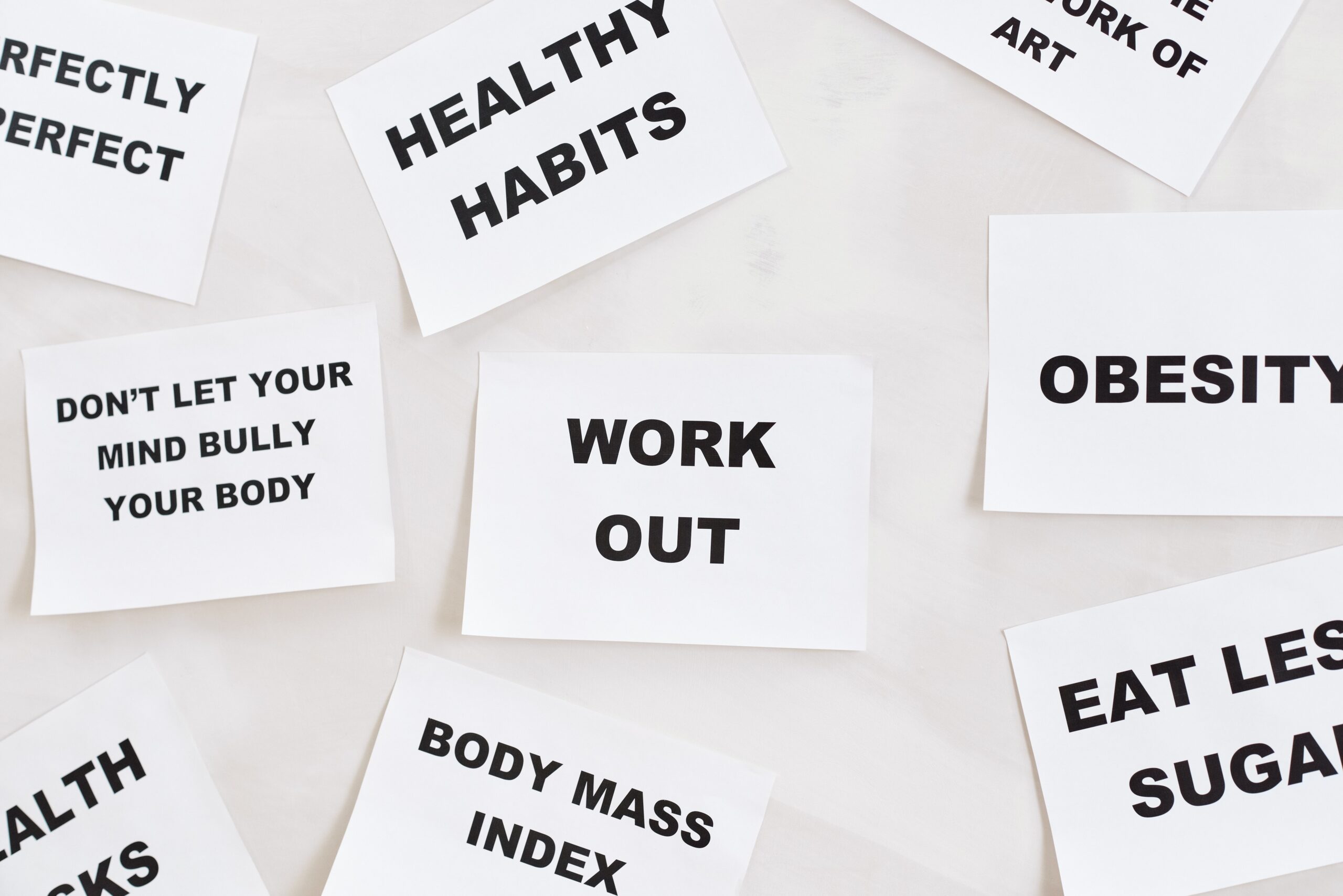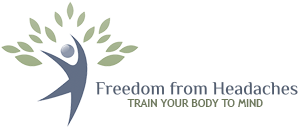Chapter 2 – How Headaches Become Habits
 Chapter 1, Stress Happens…was about how important the Autonomic Nervous system (ANS) is to the stress response. Habits are another factor in how your headaches, once started, become chronic.
Chapter 1, Stress Happens…was about how important the Autonomic Nervous system (ANS) is to the stress response. Habits are another factor in how your headaches, once started, become chronic.
Myth: Tight muscles have nothing to do with my chronic headaches
Your body easily makes habits. If you had to re-learn skills over and over again, getting things done would be very inefficient. How to drive or ride a bike become habits you purposely make and they become automatic. That’s a good thing! Since you don’t have to go through the process of remembering, it leaves you free to direct your attention to more than one thing at a time.
Other habits like biting your nails, over eating or smoking are reactions to something that happened. This response is automatic, you don’t say to yourself, “Oh, I am really upset, I think I will start biting my nails”. But once you have the habit, it continues even if the reason why it was formed is no longer there. Even though you know a habit isn’t good for you, it can be very hard to break.
One of the reactions to a stressor is tightening muscles and since this happens outside your awareness the connection between tight muscles and headaches isn’t made.
You’ve probably noticed that other people you think are stressed do not have severe headaches, they may have some other functional illness like irritable bowel syndrome (IBS) or panic attacks. Because the ANS affects every system, organ and cell in the body, the type of functional illness triggered depends upon each individual’s unique vulnerability. But if you have headaches, your response is tightening the muscles of the head, jaw, neck and shoulders. And, during a prolonged stress response this becomes a habit before you even realize it.
Clenching your teeth together or ‘bruxing’ is an observable habit that many people have but not everyone who clenches has headaches. But every headache person we’ve seen clenches, though they initially deny it!
In fact, chronic bruxing is widespread and considered to be very hard to change. Dentists will prescribe a mouthguard to protect your teeth but without changing the habit, you just chew through it. Recently, it was reported in the news that clenching became so prevalent during the pandemic, doctors are now using Botox to treat it. Botox may relax the jaw muscles temporarily but it doesn’t change the habit of clenching. These approaches are just band-aids.
Clenching habits cannot be broken without changing behavior.
This is where Biofeedback is so effective. Sensitive equipment objectively detects abnormal tension levels that must be reversed. It can then ‘feedback’ that information to you via a meter, tone or graph on a computer. Because Biofeedback makes muscle tightening conscious, with this awareness you are able to break this headache producing habit.
Once aware of what’s going on inside your body, you can consciously learn to make the changes needed to return your body to normal functioning…with no more headaches.
So, even though your nervous system responds automatically to a stressor without your awareness, when you become aware this is happening, you can voluntarily reverse the effects of that stressor. That process is called a behavioral intervention.
Your body has everything it needs inside to heal conditions like chronic headaches…if you have the right information.
Our job is to make sure you have the right information and how to apply it to get results.
In the next chapter of the Story of Stress, we will talk about Proprioception and ‘Getting Used to It’, how other functions of the nervous system work to keep your headaches in place.

Very hopeful information! ?